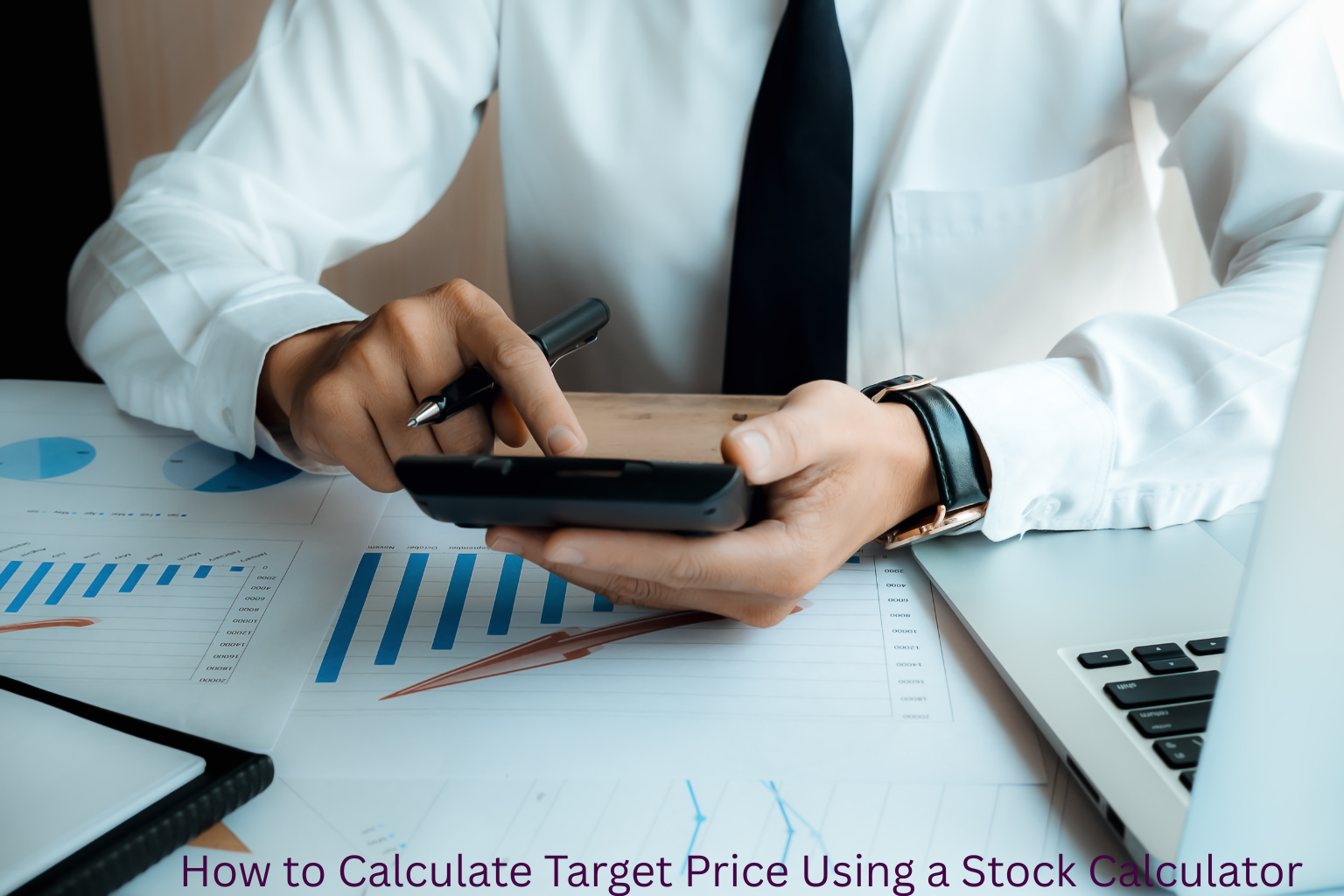How to Calculate Target Price Using a Stock Calculator
Setting a realistic target price is one of the most important steps in planning a successful trade. But how do you know the right target to aim for? That’s where a target price calculator becomes a powerful tool.
In this guide, you’ll learn how to calculate a target price that aligns with your risk-reward ratio and profit goals using a simple stock calculator.
What Is a Target Price?
A target price is the price at which you plan to sell a stock to achieve a desired return. It is typically set before entering a trade and is based on your:
- Entry price
- Expected return percentage
- Risk tolerance
- Trading strategy
By using a calculator, you can define this target scientifically rather than emotionally.
Why Use a Target Price Calculator?
Manually calculating a target price takes time and can lead to errors. A calculator ensures:
- You set achievable, math-based goals
- Better alignment with risk-reward ratios
- Avoiding emotional exits
- More disciplined and planned trades
Key Inputs for Target Price Calculation
Most target price calculators require:
- Buy Price (Entry Price)
- Desired Return (%)
- Quantity (Optional)
Based on these, it calculates the Target Sell Price using this formula:
Target Price = Buy Price × (1 + Desired Return ÷ 100)
Step-by-Step: How to Use a Target Price Calculator
Step 1: Enter Buy Price
Suppose you buy a stock at ₹500.
Step 2: Enter Desired Return (%)
Let’s say you want a 10% return.
Step 3: Click Calculate
The calculator shows:
Target Price = ₹500 × (1 + 10 ÷ 100) = ₹550
That means you should set your sell price at ₹550 to reach your 10% profit goal.
Advanced Use: Adjusting for Brokerage and Taxes
Some calculators also allow you to input:
- Brokerage fees
- Transaction taxes
- Slippage or spread
In that case, the tool will calculate a higher target price to ensure your net return matches your goal after all costs.
Example with Fees
- Entry Price: ₹500
- Desired Return: 10%
- Total Costs: ₹10
Gross Target Price = ₹550
New Target Price (with fees) = ₹560
This ensures your net return is 10% even after expenses.
Best Practices for Setting Target Prices
- Always use stop-loss and target together
- Stick to your pre-defined strategy
- Recalculate if you average down
- Avoid greed—realistic targets work better long term
Final Thoughts
Using a target price calculator adds discipline and planning to your trading strategy. It removes the guesswork and allows you to trade with purpose—knowing exactly where to book profits based on your risk appetite.
FAQs
Q1: Can I use a target price calculator for intraday trades?
Yes. It’s useful for any time frame—just adjust your return percentage based on the strategy.
Q2: Should I include brokerage while calculating the target?
Yes, if your calculator supports it. Including costs gives you a more realistic sell price.
Q3: What’s the ideal return to target?
It depends on your strategy. Some target 2–3% intraday, others 10–20% for swing trades.
Q4: Can I change the target price after entering a trade?
Yes, but it’s best to avoid doing so unless market conditions justify it.
Q5: Is this different from analyst target prices?
Yes. Analyst targets are market estimates. This is your personal profit plan based on your cost and goal.
